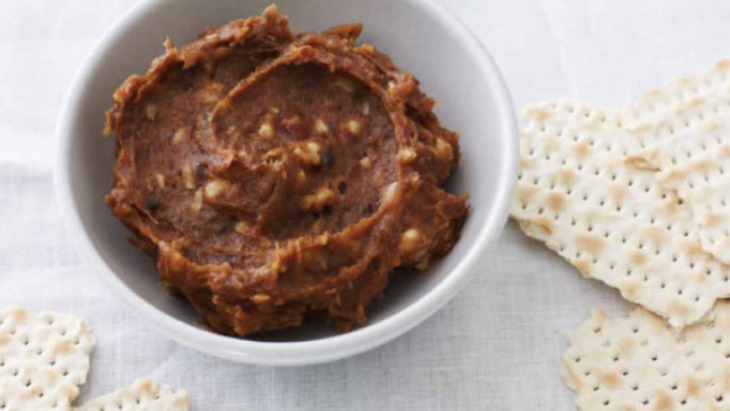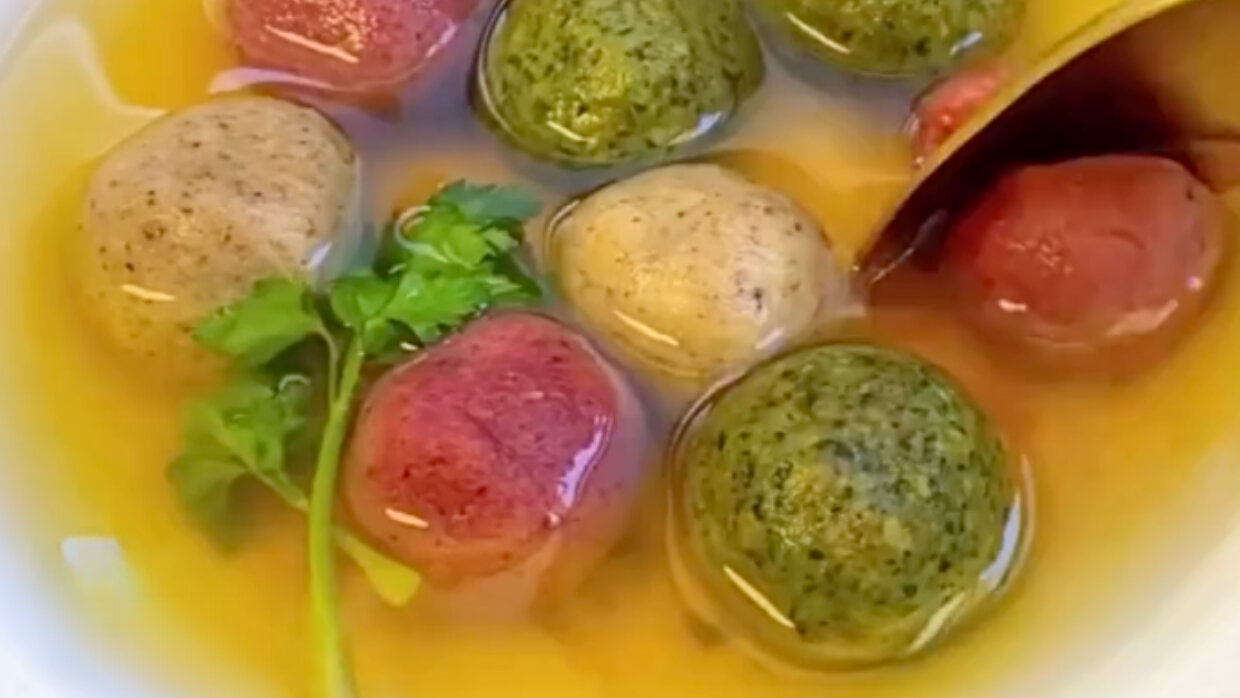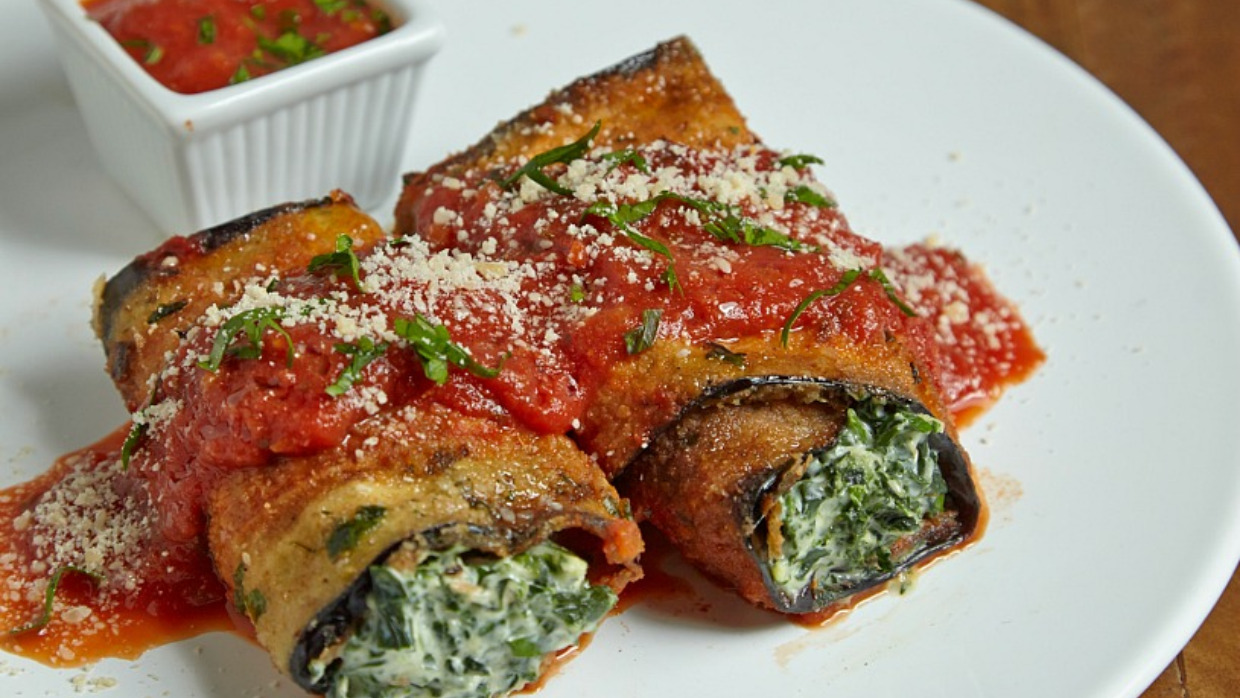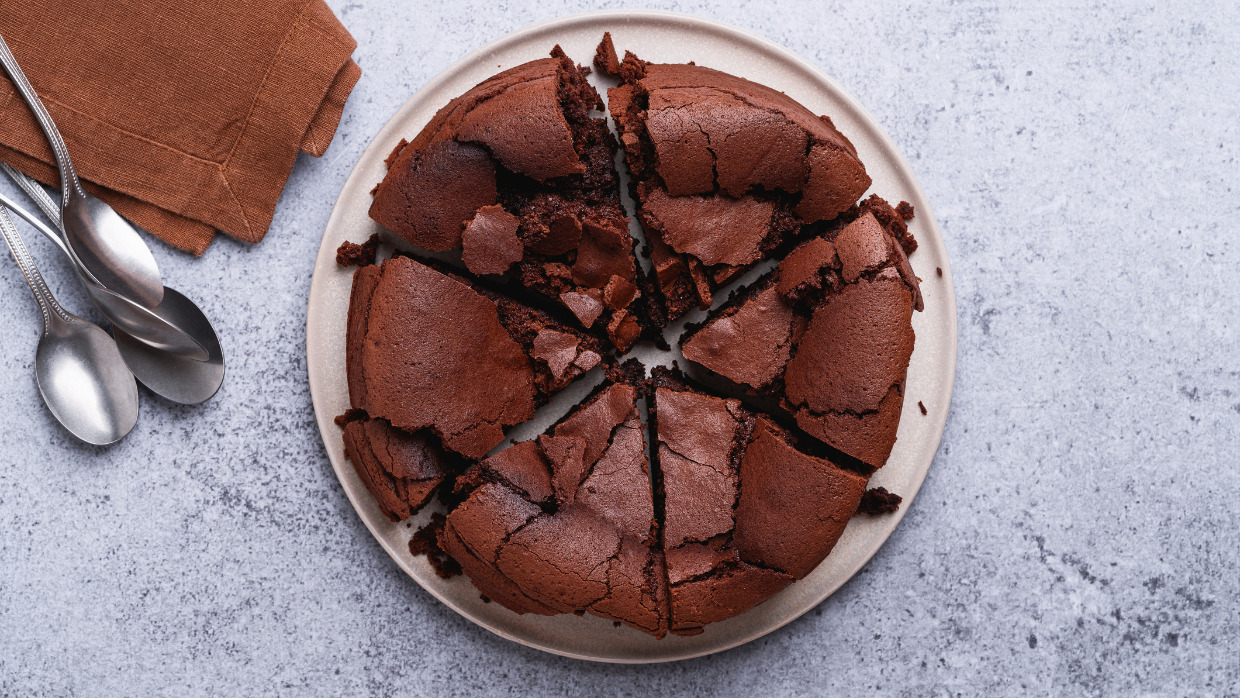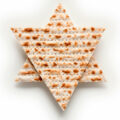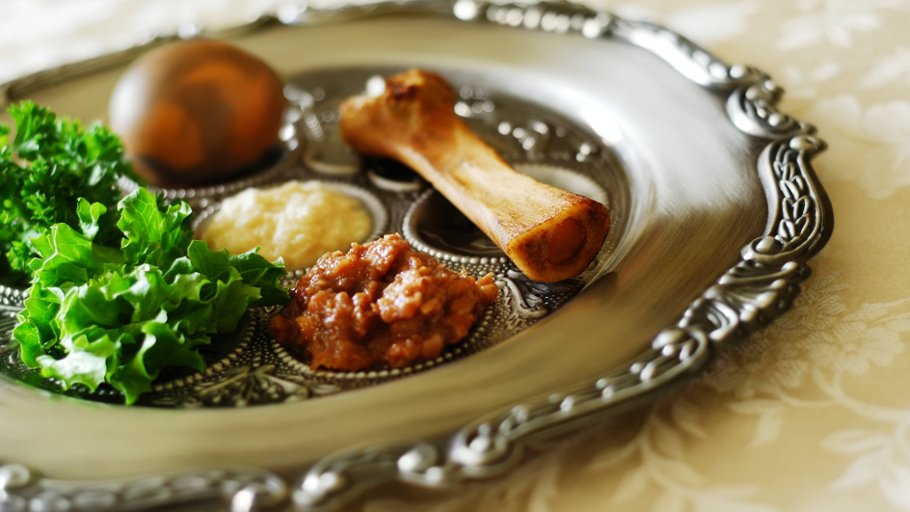Charoset (a sweet, dark-colored paste made of fruits and nuts) is a curious food. Everybody
seems to love it at the seder, but no one ever considers making it at any other time of the year – which is too bad since it’s yum! There appears to be an infinite variety of approaches to
the ingredients. Some add apples, some pears. Some suggest fruits and nuts, and some prefer vegetables. It was the custom of Jews from Salonika to add chestnuts and raisins spiced up with cinnamon or ginger.
However you slice it, there seem to be two main elements to good charoset – it needs to be a kind of mash that resembles clay or mortar, and it needs to have both sweet ingredients (like apples and dates) and also some bitter ones (like wine or vinegar). Charoset is supposed to remind us of the sticky substance that held bricks together that the Hebrew slaves were forced to make for Pharoh but if so, why make it sweet at all? How could this represent anything but bitterness?
In a way, it kind of encapsulates the entire story of slavery and redemption that is the heart of Passover. To some degree, we all recognize that to grow and learn, we will have to push through some bitter times but depending on how we choose to approach those moments determines who we are when we arrive at the other side – will we be embittered or “ensweetened” by our challenges?
You can make charoset with all kinds of fruits and nuts, here are 9 recipes for charoset from around the world.



